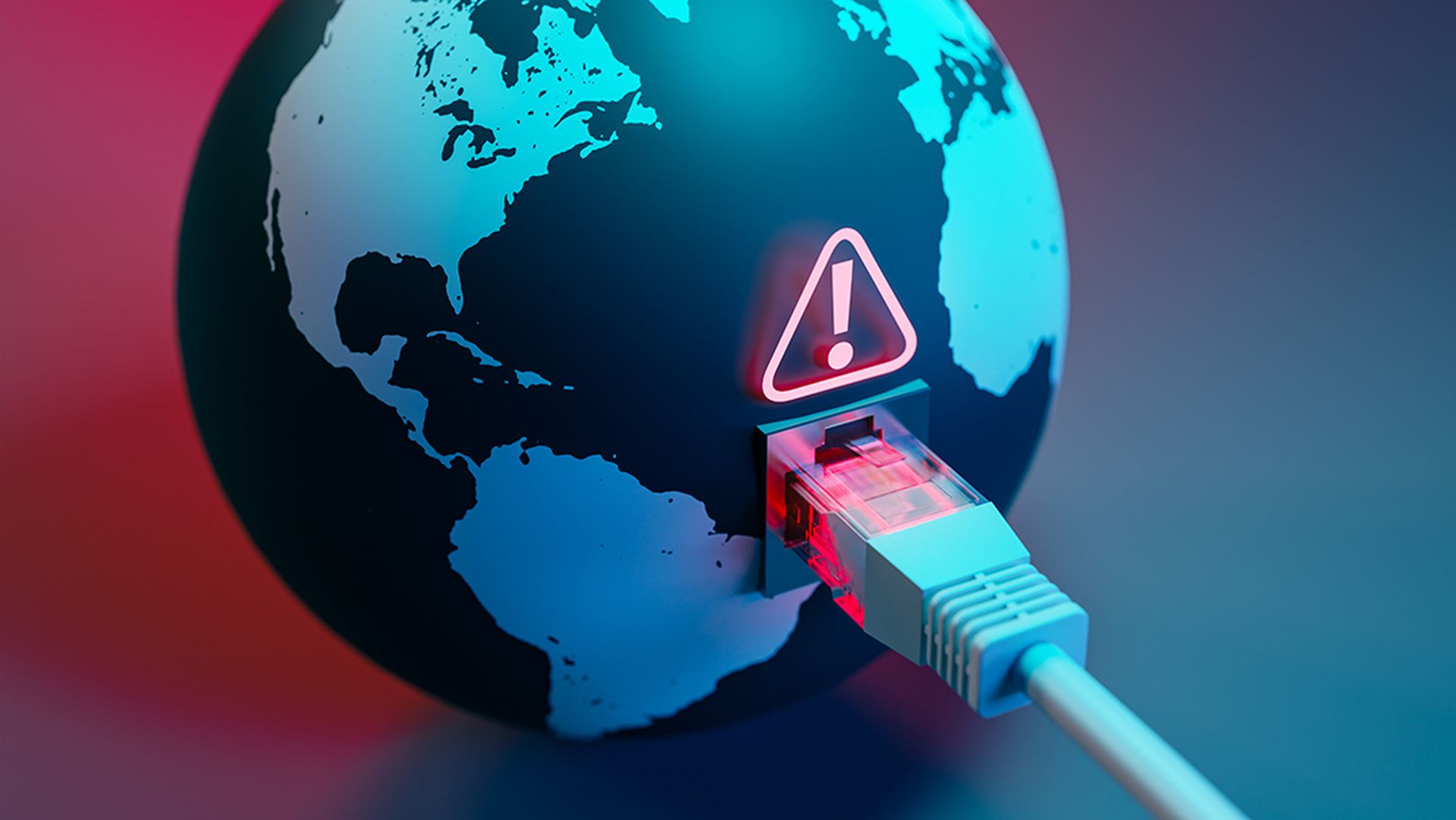5G is quickly coming to the forefront of consumer consciousness in the United States. The U.S.-based wireless carriers are running commercials. Samsung has had its devices in the market since 2019, with its flagship S20 arriving earlier in 2020 (I had the opportunity to test it, and, in the words of my 10-year-old nephew, “Such good speed. already downloaded … before you even look at other games.”) Apple is expected to launch its first phone next week at its virtual event on October 13, 2020. Consumers understand that 5G is faster than 4G, which is all most consumers need or want to know.
What Will it Take to Drive Adoption?
I recently listened to an event hosted by 5G Americas where a range of experts spoke, including a commissioner (Brendan Carr) of the Federal Communications Commission, senior technical leaders from wireless operators, and technical leads from telecom network solution providers. The discussion ranged from use cases to latency, coverage, security, and more.
5G can be a confusing term that means many things. At scale in the early days, it’s a bit faster than 4G. The real magic of 5G’s speed kicks in when it’s deployed in many tiny cells at high frequencies. Higher frequencies need smaller cells (i.e., areas they cover) because the signals are more easily disrupted by physical factors in the environment like windows, walls, and weather.
What Will it Take to Build Infrastructure?

The big question is: What will help the build-out of lots of tiny cells?
Money. You need a lot of money to build out a lot of cell sites. Large cities tend to have a lot already, given their density.
Combatting NIMBY (Not-In-My-Backyard). Cells can be noisy (they might hum) and ugly. Consumers also have a fear of radio waves — either founded or unfounded. Carriers will have to convince consumers of the benefits and safety of high-frequency, small cells. Brendan Carr said this best during the 5G Americas event.
Savvy politics. Again from Carr: Local and state zoning laws will be expensive and time-consuming for wireless carriers to navigate as they look to build more cells. So too will those protecting the environment.
Demand for 5G as a home broadband replacement. As a consumer, if I have slow or unreliable home broadband service — especially during COVID-19 — I’ll be more inclined to accept the hypothetical risks of a 5G cell near my home.
Managing latency. Consumers focus on latency (i.e., “how pokey is the experience”). Latency depends on end-to-end system speed. If there’s a bottleneck in the phone or the servers at either end of the network, consumers will still experience latency. While the networks can handle speed changes (and leverage cool technology like IP queuing, which is just fun to say), software or applications will also need to handle the jitter.
Initially, consumers are more likely to experience 5G in these situations:
B2B2C scenarios. Education and healthcare will take advantage of 5G speeds to deliver virtual services or tap into remote capabilities within their own environments.
Connected devices. We’ll see 5G in services that depend on connected devices such as autonomous cars or internet-of-things devices that connect to one another or bypass smartphones and local Wi-Fi networks for connectivity.
Dedicated venues such as arenas or stadiums (especially outdoors) where NIMBY isn’t an issue. Entertainment venues will create experiences at the intersection of physical and digital spaces.
For consumers, the open question will be, “Is speed enough?” New radios (e.g., 4G and 5G) tend to take up more physical space and operate less efficiently than older generations. Carriers and consumer electronics manufacturers also tend to charge more for the devices. Once consumers buy devices or services (e.g., content and games) that take advantage of the speed, they can never go back. If Apple rolls out 5G devices on October 13, 2020, they’re likely to do so with content partners that highlight the potential to help sell the newest devices. It’ll be fun to watch and see what they do.
Author Julie Ask is vice president, principal analyst at Forrester Research. Read more from Forrester Research here.




